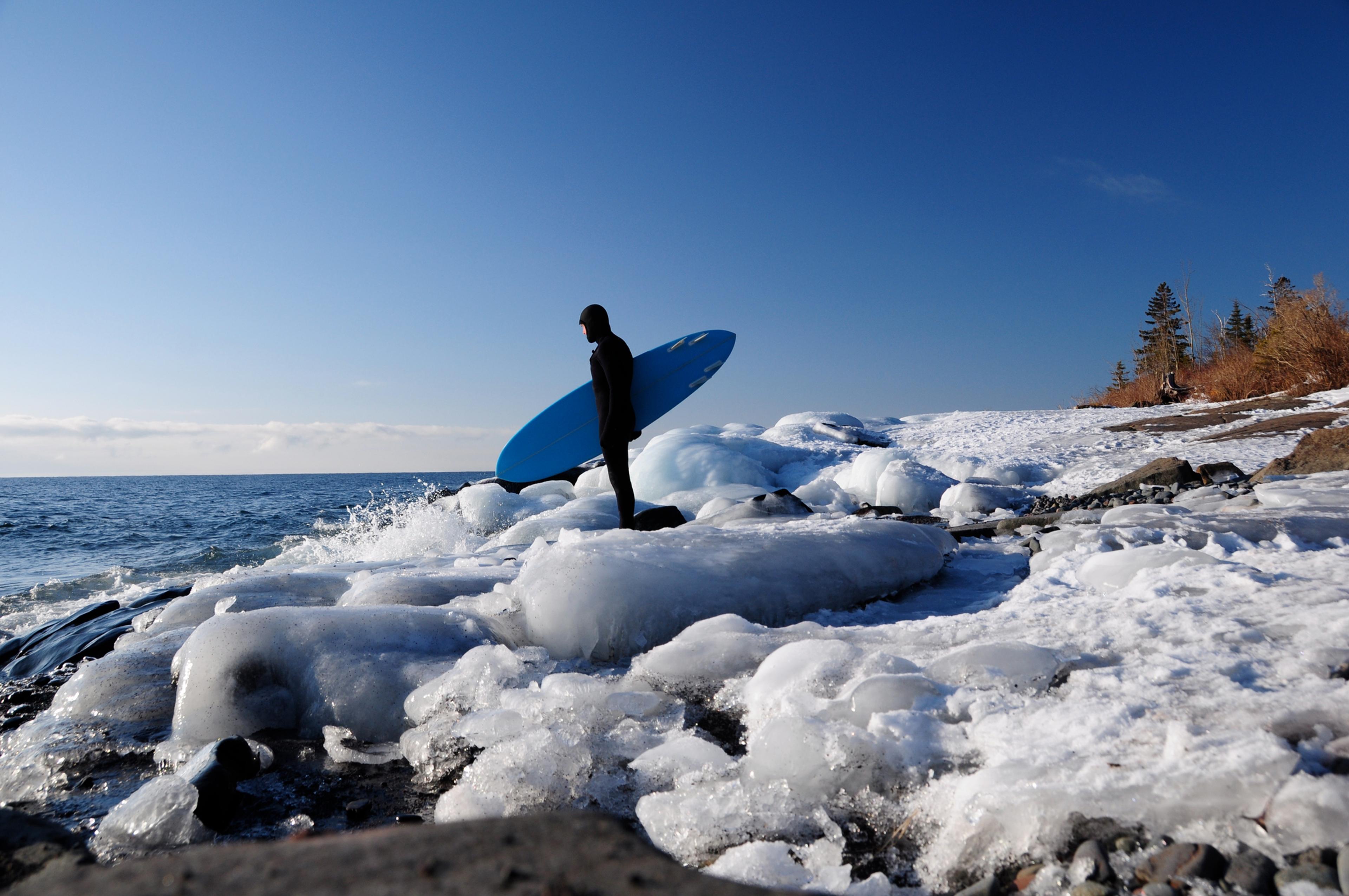Smart ER: The Primary Care Perspective on Patient Education

Mike Miller
| 3 min read

Roughly 70% of all ER visits are cases where the patient could have been treated in a primary care practice (PCP) or an urgent care facility more quickly, efficiently and cost effectively.
In these instances, the quality of care can drop because the emergency department staff doesn’t have a patient’s full medical history, resulting in duplicate testing and incorrect prescription administration.
According to the Robert Wood Johnson Foundation, costs are also significantly higher for avoidable ER visits. The average cost difference for ER visits vs. a PCP is a staggering $580. The impact of these costs is felt by all involved parties, amounting to an estimated $38 billion in wasteful spending per year.
Often times, patients use ER services because they don’t understand that they have other healthcare options available. Many decisions to go to the ER come after-hours and come under stressful conditions. To that end, providers have taken the initiative to educate their patients on not only the best usage of ERs, but also the many other available options for care and the process by which to obtain it.
Based upon a series of common-sense points, the Greater Detroit Area Health Council and the Oakland Southfield Physicians practice association have developed a simple, clear-cut guide for primary care facilities to help better educate their patients about the when and where of their care:
Access-to-care policy
- Ensure physicians and staff are on the same page in regards to practices
- How quickly can patients be seen, same-day appointments, evening and weekend options
- Telephone access and proper dispensing of information over the phone
- PCP notification of ER or urgent care visits
New Patient Materials
- Create a “welcome letter,” including access-to-care information
- Office hours, telephone number and contact information
- How to schedule appointments, including last minute visits
- After hours options, including urgent care and ER services
- Post these materials around care facilities
After-hours care and after-hours telephone messages
- Explain that a physician is always available after hours
- Provide contact information and instructions for urgent care needs
- After hours messages provide 911/ER options as last measures
Communicating directly with patients
- Make it a point to discuss after hours and urgent care needs during visits
- Follow up with patients who have recently visited the ER
- Directly provide primary care clinic contact information to patients
- Use email and electronic communication to keep patients up to date
These very basic points have made a difference. Prior to the initiative, Detroit based PCPs reported 49 PCP-treatable cases for every 1000 visits, a trend that was on the rise. Within a year of implementing the initiative’s practices, PCP-treatable cases came down to approximately 7 visits per 1000.
From the patient perspective, it’s relieving to know that doctors and their staffs do care about a patient’s needs in after-hours, urgent and emergent situations. It’s even more reassuring that they’re involved.
Photo credit: Chealion





